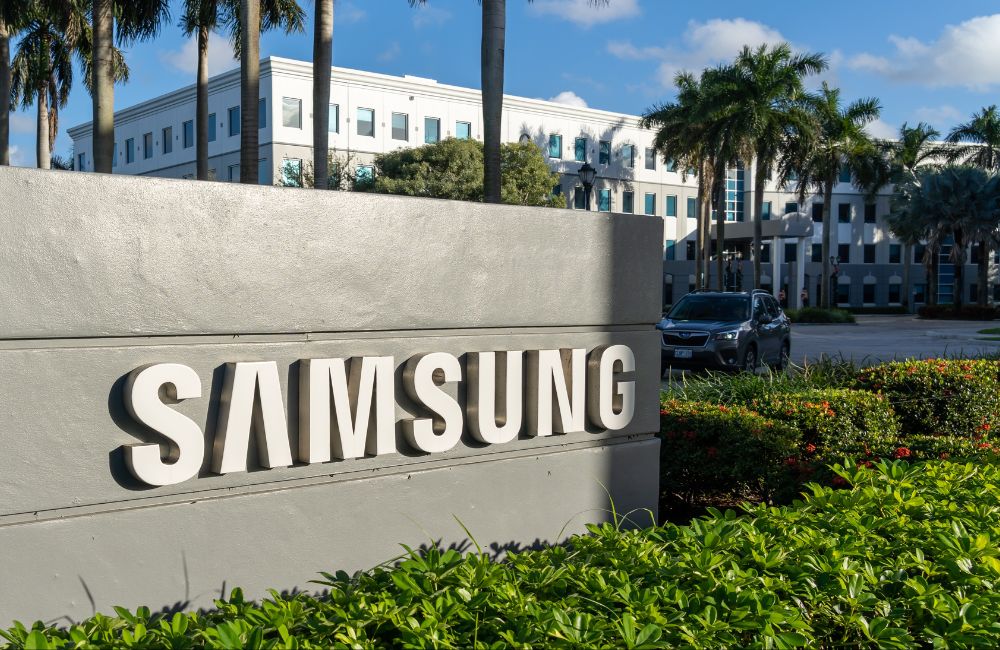The Samsung Galaxy S26 Ultra could feature an under-display camera. This development would mark a significant milestone in smartphone display technology, as manufacturers continue to pursue the ideal of a truly bezel-less screen experience.
While the tech juggernaut has only just launched its S25 range, rumors and speculation about Samsung’s next flagship devices have started to emerge – and leaker Kro has now claimed the Galaxy S26 Ultra could offer a completely uninterrupted experience with its screen. Industry analysts estimate that the under-display camera market could reach $20 billion by 2027.
On X (formally Twitter), the leaker said that the display prototype the South Korean company is currently developing for the device has a “camera hole that is not visible”. This technology represents years of research and development in display innovation, with Samsung investing over $14 billion annually in R&D.
Samsung already uses in-screen cameras on its Galaxy Z Fold range, so this report may mean that the business is considering incorporating this technology in its next flagship slab phone. The company’s experience with foldable devices has provided valuable insights into under-display camera technology, with their Z Fold series shipping over 10 million units globally.
Even if this claim is correct, it should be noted that Samsung will be in the very early stages of developing the S26 range, and so even if the prototype screen on the Ultra currently has an under-display camera, that doesn’t mean the phone will ship with the feature. Historical data shows that approximately 60% of early prototype features make it to final production.
Other rumors about the S26 Ultra point to Samsung calling the device the S26 Note – a moniker that hasn’t been used since 2021’s Note 20 Ultra – and will come packed with a brighter, more efficient screen, a 200 megapixel periscope telephoto camera and an Exynos chipset instead of a processor from Snapdragon. The return to the Note branding could signal a strategic shift in Samsung’s product positioning.
Industry experts suggest that the implementation of under-display camera technology could revolutionize smartphone design, eliminating the need for notches or punch-holes that have become common in modern devices. This advancement would represent a significant step toward achieving the “all-screen” dream that manufacturers have pursued for years.
The potential inclusion of a 200-megapixel periscope telephoto camera would maintain Samsung’s position at the forefront of mobile photography innovation. Current market research indicates that camera capability remains a top priority for smartphone buyers, with 78% of consumers considering it a crucial factor in their purchase decision.
The rumored switch to an Exynos chipset marks a significant departure from recent models’ use of Snapdragon processors. Samsung’s in-house chip development program has seen substantial investment, with the company allocating over $116 billion to semiconductor research and development through 2030.
Market analysts predict that if these features materialize, the S26 Ultra could help Samsung maintain its position as the leading Android smartphone manufacturer globally. The company currently holds approximately 20% of the global smartphone market share, with its Ultra series being particularly successful in the premium segment.
The development of under-display camera technology has faced several technical challenges, including image quality and light transmission. However, recent breakthroughs in AI-powered image processing and advanced display materials have made the technology increasingly viable for mainstream implementation.
Samsung‘s history of innovation in display technology, combined with its extensive patent portfolio in under-display camera systems, suggests that the company is well-positioned to overcome these technical hurdles. The company holds over 5,000 patents related to display technology alone.
If the rumors prove accurate, the S26 Ultra could represent a significant leap forward in smartphone design and functionality. The combination of an under-display camera, advanced imaging capabilities, and potential rebranding could signal Samsung’s vision for the future of mobile devices, where technology seamlessly blends with design aesthetics.















